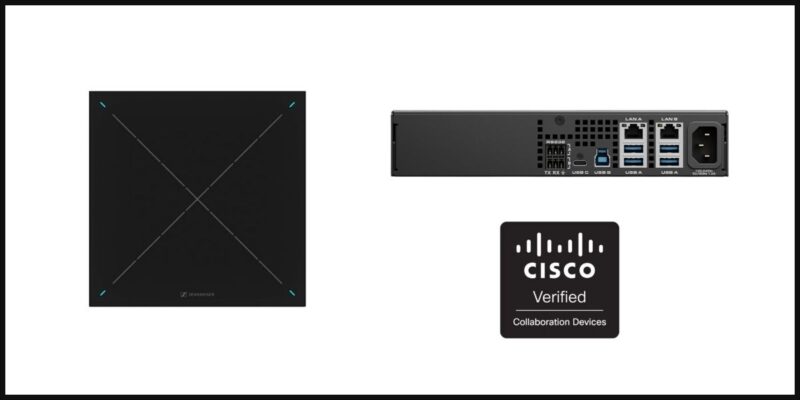The Video Conference Codec is Dead (Or At Least the Writing Is on the Wall)
New VC technology lets everyone into the party
 It always amazes me the calls I get from very large organizations and universities making the comment “We don’t want Cisco or Polycom endpoints.” At first I thought this was just a few fringe organizations, but it is becoming all too common request as of lately. While I agree the PC doesn’t have the full capabilities of a Cisco C60 or C90, you don’t have the interoperability a simple PC can provide. Traditional VC manufacturers should no longer dismiss the power of a PC and software applications and cloud video conference services. There is just too much flexibility.
It always amazes me the calls I get from very large organizations and universities making the comment “We don’t want Cisco or Polycom endpoints.” At first I thought this was just a few fringe organizations, but it is becoming all too common request as of lately. While I agree the PC doesn’t have the full capabilities of a Cisco C60 or C90, you don’t have the interoperability a simple PC can provide. Traditional VC manufacturers should no longer dismiss the power of a PC and software applications and cloud video conference services. There is just too much flexibility.
New companies like Vaddio, VDO360, Arrive Systems and Tely have found ways to make video conferencing available to everyone, filling a void left by traditional VC manufacturers. The flexibility and low cost of these new HD USB PTZ systems has torn down barriers to entry in the VC field. No longer must users fork over too much cash for a proprietary codec touted as “interoperable,” when in reality they’re forced to buy lots of hardware from the same manufacturer and need an AV/IT specialist to make any sense of it.
Now everyone has a ticket to the show. They get to take advantage of the way video conferencing saves time and money, brings people closer together, and recaptures what’s lost in a phone call (80 percent of communication being non-verbal).
The video-processing power of a PC has caught up to the VC codec, letting users dictate how they want to collaborate internally and externally. Organizations can throw together a meeting of far-flung employees with Microsoft Lync one minute then check in with a client over a Zoom.us video call the next. Adaptability is key in this new frontier of video collaboration. Users today are more familiar with software clients running on their PCs than with AV-based control stations, and they’re adopting the new HD-USB technologies faster than ever as a result.
These solutions don’t always run under the hood as well as hard-coded video conferencing codecs, but organizations that were never crazy about spending more than $10,000 per conference room aren’t complaining. They’re much happier paying under $1,000 for video collaboration, and if they can avoid one flight and hotel stay, well hey: They’ve just paid for a video conference room.
Take hospitals and clinics as an example. They look to video conferencing for a wide variety of telemedicine applications, right down to finding translators to bridge language barriers between doctors and patients. Should they spend $30,000 to $40,000 on telehealth systems from the big guys, or make their own mobile video conference units with a telyHD Pro, or a VDO360 with Intel NUCs? The less expensive options give doctors and patients the same level of experience at a fraction of the cost.
In addition new cloud video conference services have been popping up fast with large venture capital backing behind them. These firms allow organizations to have the benefits the big organizations have without making a large investment.
Finally, video conference users are getting the flexibility they want instead of what manufacturers tell them they should have.





